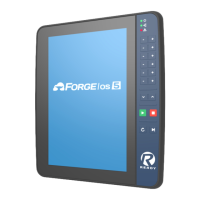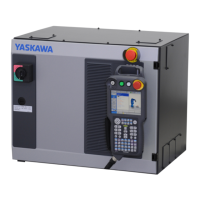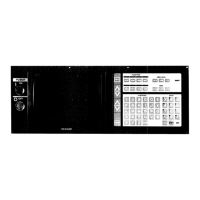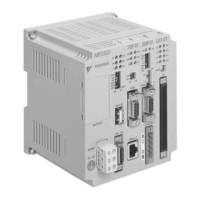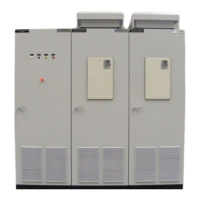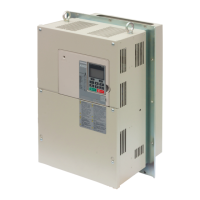Upon receipt of the product and prior to initial operation, read these instructions
thoroughly, and retain for future reference.
MOTOMAN-HC10 INSTRUCTIONS
MOTOMAN-HC10DT INSTRUCTIONS
YRC1000 INSTRUCTIONS
YRC1000 OPERATOR’S MANUAL (GENERAL) (SUBJECT SPECIFIC)
YRC1000 MAINTENANCE MANUAL
YRC1000 ALARM CODES (MAJOR ALARMS) (MINOR ALARMS)
YRC1000micro INSTRUCTIONS
YRC1000micro OPERATOR’S MANUAL (GENERAL) (SUBJECT SPECIFIC)
YRC1000micro MAINTENANCE MANUAL
YRC1000micro ALARM CODES (MAJOR ALARMS) (MINOR ALARMS)
YRC1000/YRC1000micro INSTRUCTIONS FOR SmartPendant
